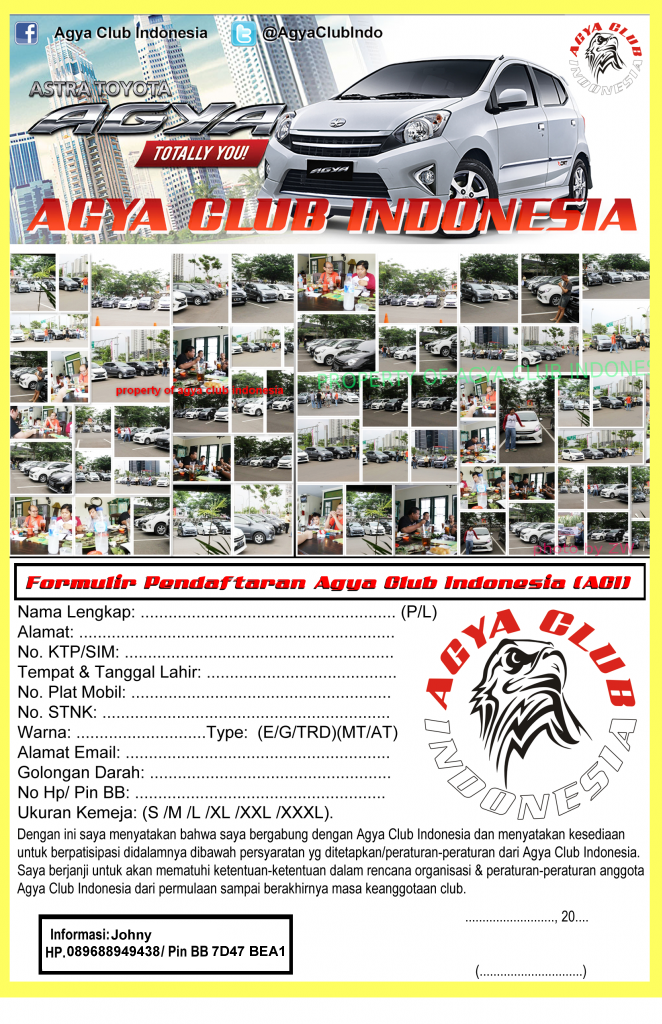We all like firm, solid-feeling brake pedals. But even on good performance cars, modern brakes often feel vaguely synthetic, with more pedal travel than seems strictly necessary. Then there’s the Alfa Romeo 4C. Its creators wanted the 4C to have a hard edge. “Our goal in development was to deliver the racing feeling and sensation,” says Alberto Cavaggioni, head of Alfa’s marketing, planning, and brand development. “We wanted the brakes to work more on brake pressure than travel.” And so they do: Travel is short, the pedal has no give, and the brakes bite hard. A braking system is fairly simple; there’s a pedal, a booster, hydraulic lines, and calipers. How did Alfa make its brakes so radically different, more like a race car’s than a road car’s? Engineers employed a handful of tricks, but the real answer is by optimizing every last part of the system. To wit:
-Master Cylinder
-A large master-cylinder-piston diameter moves a lot of fluid in a short amount of time, effecting quick responses.
Booster
-Even a car as light as the 4C needs a vacuum booster. But by paring assistance to a minimum, engineers achieve a linear and tightly controlled response to pedal pressure.
Pedal
-“Two simple things we did were bolt the pedal to the floor of the chassis and set the angle of the pedal to provide perfect leverage,” says Cavaggioni. “The angle of the pedal makes it easier to apply more force, and the floorboard is more rigid than a dash-mounted setup.” Less flexing means truer pedal feel.
Lines
-Stiff steel-and-rubber brake lines are a must for good pedal feel. The more hydraulic lines expand under pressure, the less precise the feel.
-
- -
- 2015 Alfa Romeo 4C Spider: And Along It Came
- -
- John Phillips: I’m Helping to Kill the Sports Car
- -
- How Alfa Hopes to Go From Zero to Sales Hero in the U.S. by 2018
- -
-
Calipers
-It’s all about stiffness. Caliper deflection translates into additional pedal motion. The 4C uses opposed-piston calipers, meaning that there are pistons on each side of the brake rotor, housed in a substantial, one-piece caliper. Most cars use single-piston calipers, which apply pressure to the brake pads by forcing two sliding caliper halves against the brake rotor—an inherently more flexible arrangement.
Pads
-The 4C’s high-friction pads (Ferodo HP1000s, for truly geeky readers) are racing-derived.
And don’t forget: This is all straightforward brake engineering, and any car could employ it. But to fully realize the benefits of these measures requires one other key ingredient—a light car. Regardless of vehicle weight, a driver can be expected to apply a maximum 50 pounds of force to the pedal. It is then up to hydraulic and mechanical leverage to bump that figure up to sufficient stopping force. Because the 4C weighs about 2500 pounds, a thousand pounds or so lighter than the average car, it requires less braking force to produce a given amount of deceleration. The total leverage between the driver’s foot and the front brake pads is 56:1 in the 4C, 72:1 in a Chevy Corvette Stingray, and 88:1 in a Toyota Camry (not counting the booster’s contribution). When you reduce leverage and assistance, you also minimize real-world imperfections, such as pedal and caliper deflections, brake-hose expansion, and booster nonlinearity. That’s why braking feel as pure as a 4C’s is just about impossible to achieve in a heavier car.
-from Car and Driver Blog http://ift.tt/1H5j5TR
via Agya











